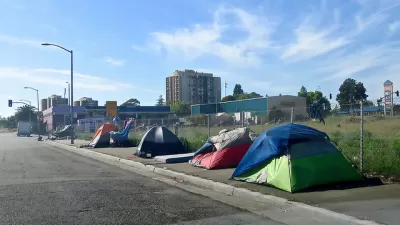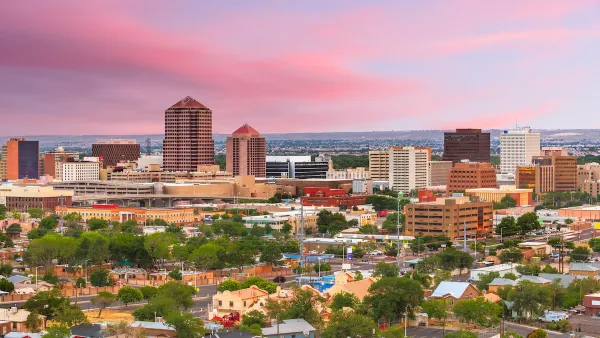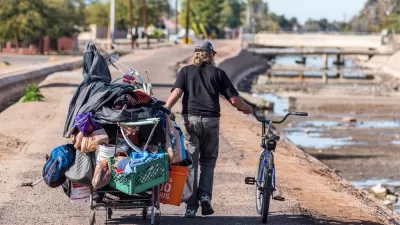The U.S. Department of Housing and Urban Development's "2021 Annual Homeless Assessment Report" comes with significant caveats about partial data and changing homeless shelter practices.

The U.S. Department of Housing and Urban Development (HUD) released its 2021 Annual Homeless Assessment Report (AHAR) Part 1 to Congress on Friday, February 4, 2022. Part 1 of the AHAR provides Point-in-Time (PIT) estimates, offering a snapshot of homelessness on a single night. Part 2 provides estimates of homelessness in the United States, but HUD has not produced a Part 2 of the report since 2018, due to the Covid-19 pandemic, according to the HUD Exchange website.
According to a February 4 HUD press release, the report counts more than 326,000 people experiencing sheltered homelessness in the United States on a single night in 2021. The figure represents an eight percent decrease from 2020. "'Sheltered homelessness' refers to people experiencing homelessness who were found in emergency shelters, transitional housing, or other temporary settings," according to the press release.
HUD did not require communities to count unsheltered homeless in 2021 due to the public health concerns of the Covid-19 pandemic. A count of unsheltered homeless is reported in the AHAR, but with the caveat of the reported total being an estimate based on partial data. With that caveat in mind, the number of unsheltered homeless stayed relatively flat in 2021 compared to 2020.
The pandemic resulted in considerable changes to the practices of homeless service providers. "To promote the safety of people staying in shelter programs, most emergency shelters reduced occupancy to respond to CDC recommendations on COVID-19 safety measures," according to the press release. Those changes warrant caution about comparing Part 1 of this year's report to previous years.
HUD Secretary Marcia L. Fudge is quoted in the press release touting the results of the report. "The findings of the 2021 AHAR Part 1 report suggest that federal COVID-19 relief had positive impacts on sheltered homelessness," said Secretary Fudge.
FULL STORY: HUD Releases 2021 Annual Homeless Assessment Report Part 1

Maui's Vacation Rental Debate Turns Ugly
Verbal attacks, misinformation campaigns and fistfights plague a high-stakes debate to convert thousands of vacation rentals into long-term housing.

Planetizen Federal Action Tracker
A weekly monitor of how Trump’s orders and actions are impacting planners and planning in America.

In Urban Planning, AI Prompting Could be the New Design Thinking
Creativity has long been key to great urban design. What if we see AI as our new creative partner?

Florida Seniors Face Rising Homelessness Risk
High housing costs are pushing more seniors, many of them on a fixed income, into homelessness.

Massachusetts Budget Helps Close MBTA Budget Gap
The budget signed by Gov. Maura Healey includes $470 million in MBTA funding for the next fiscal year.

Milwaukee Launches Vision Zero Plan
Seven years after the city signed its Complete Streets Policy, the city is doubling down on its efforts to eliminate traffic deaths.
Urban Design for Planners 1: Software Tools
This six-course series explores essential urban design concepts using open source software and equips planners with the tools they need to participate fully in the urban design process.
Planning for Universal Design
Learn the tools for implementing Universal Design in planning regulations.
Gallatin County Department of Planning & Community Development
Heyer Gruel & Associates PA
JM Goldson LLC
City of Camden Redevelopment Agency
City of Astoria
Transportation Research & Education Center (TREC) at Portland State University
Jefferson Parish Government
Camden Redevelopment Agency
City of Claremont





























